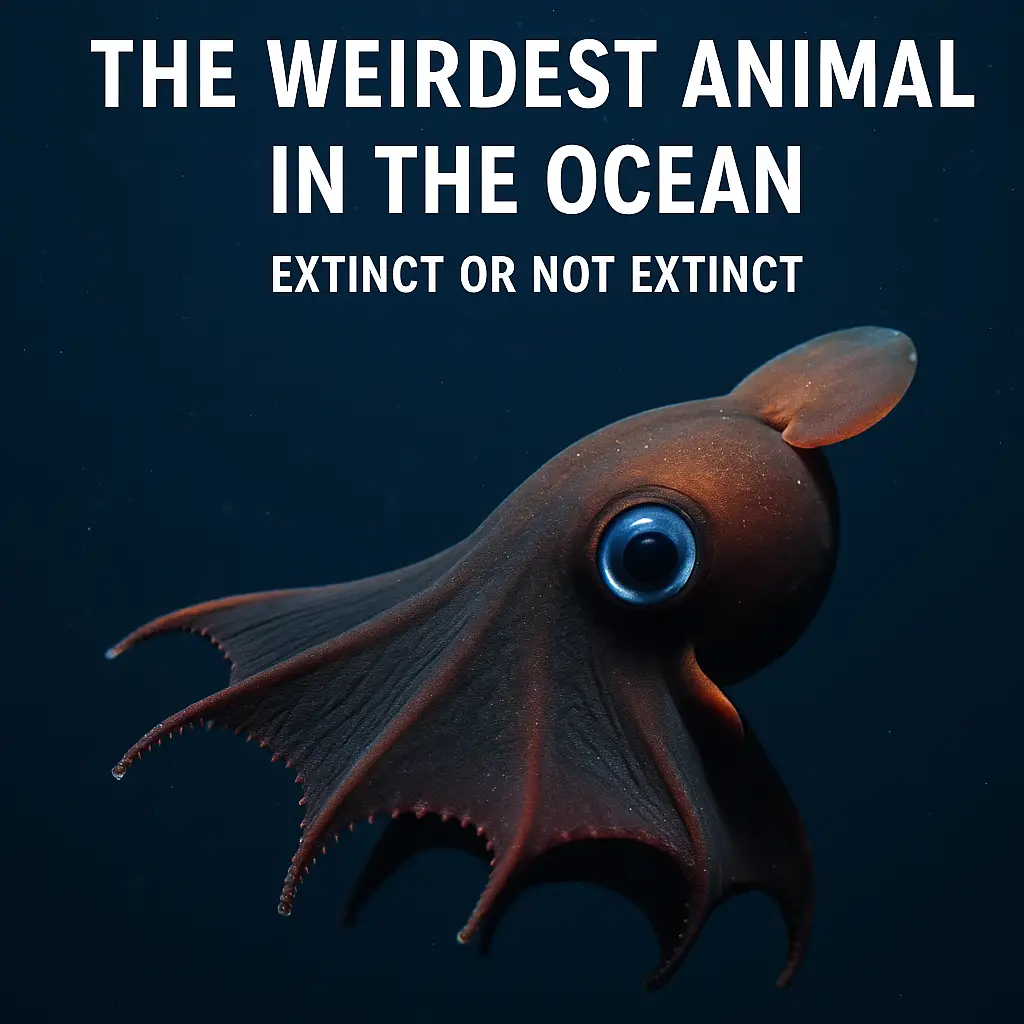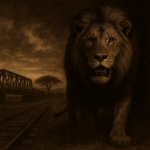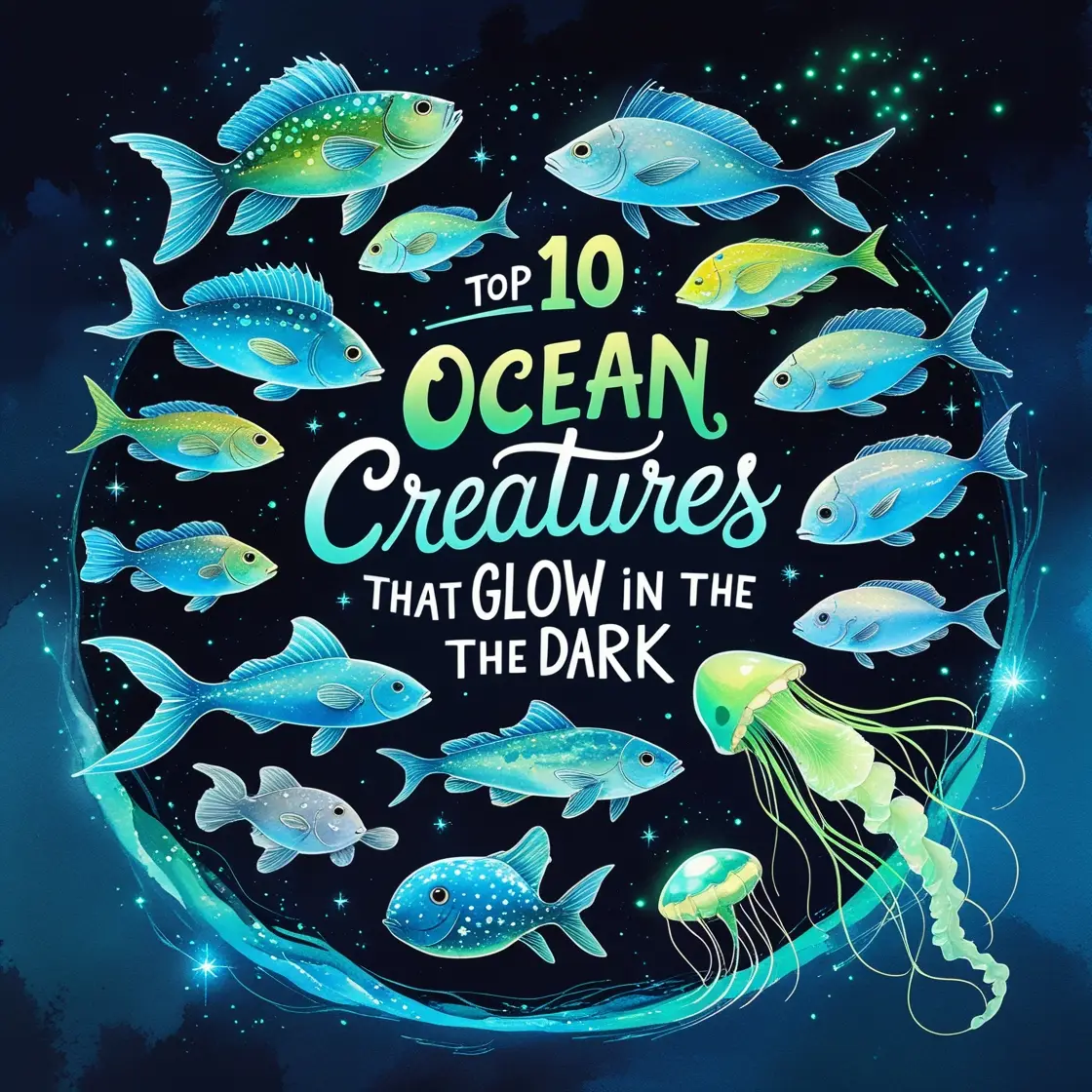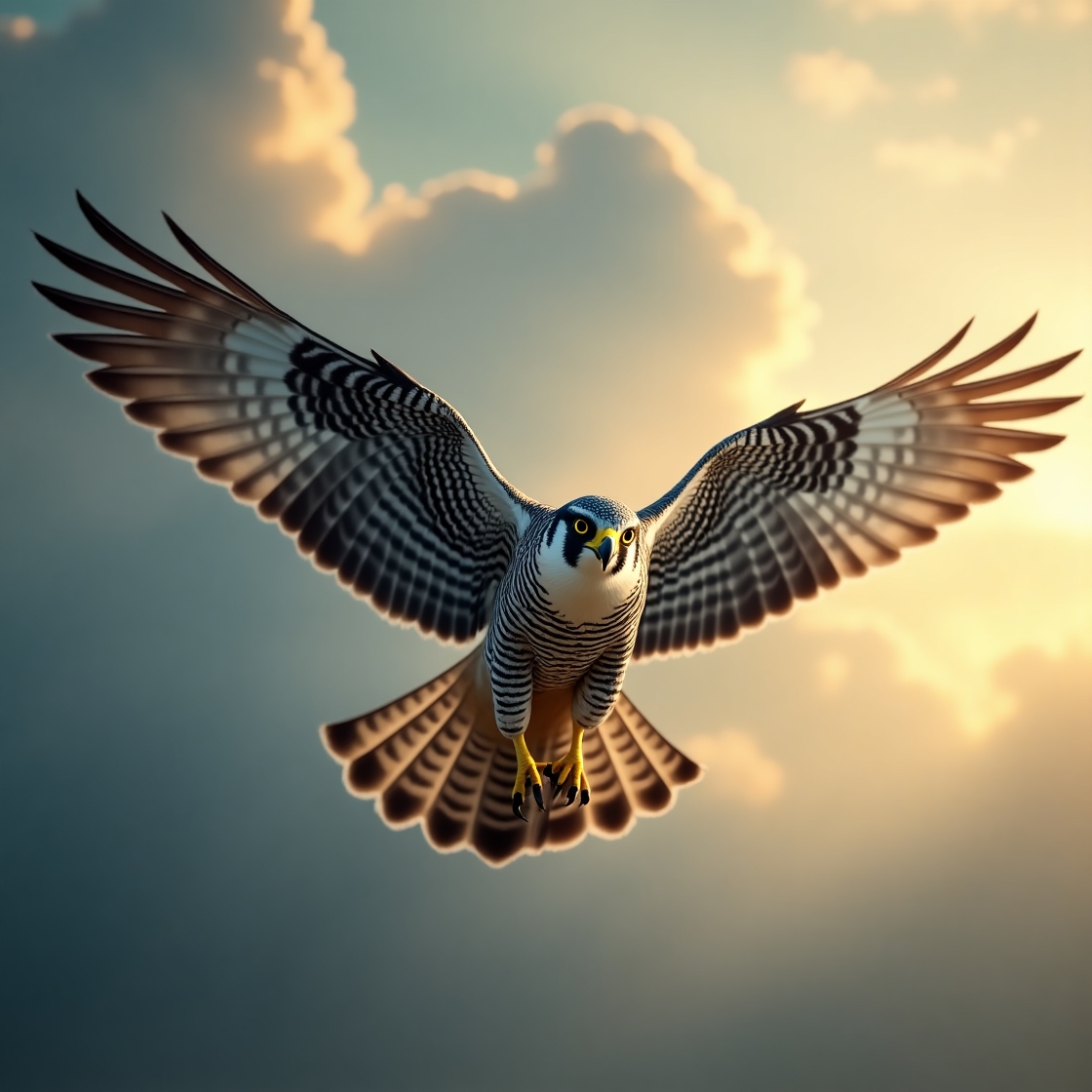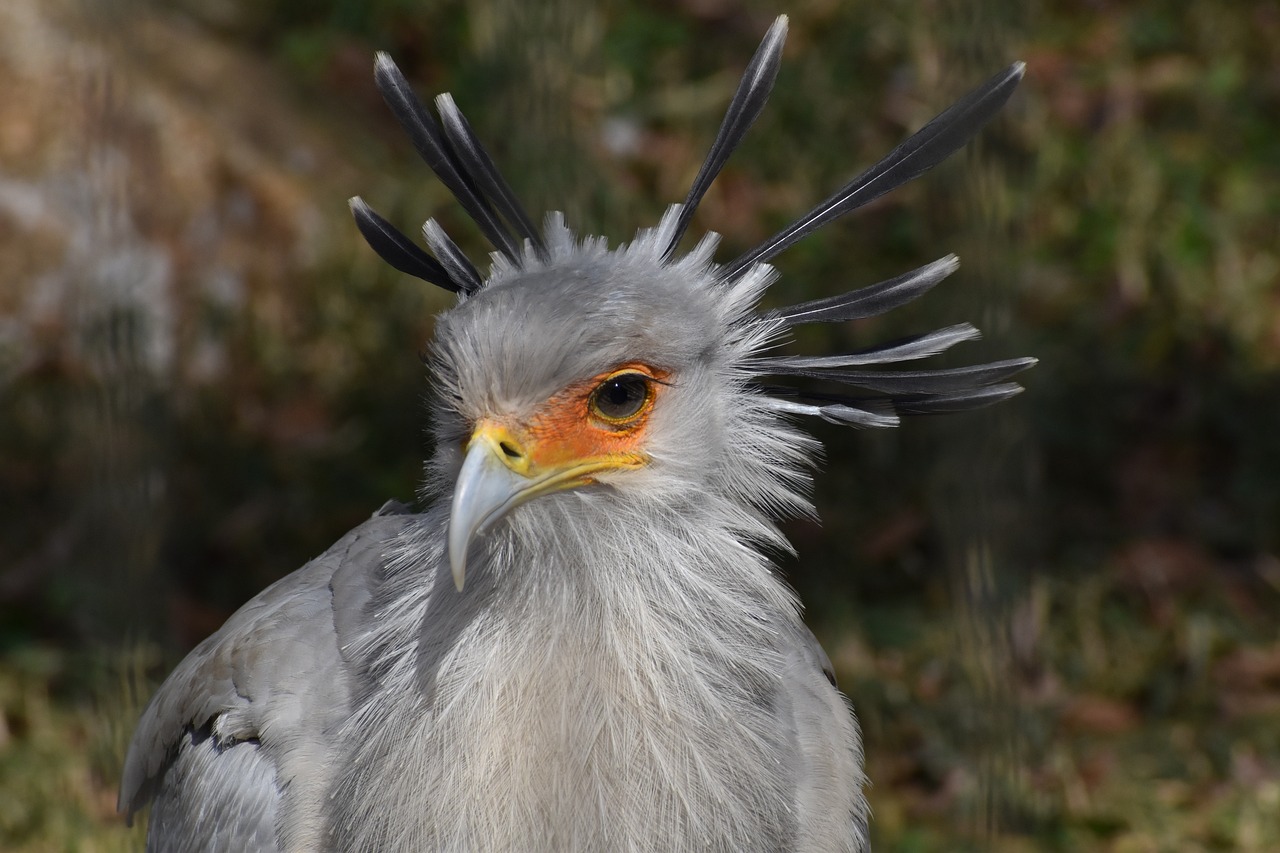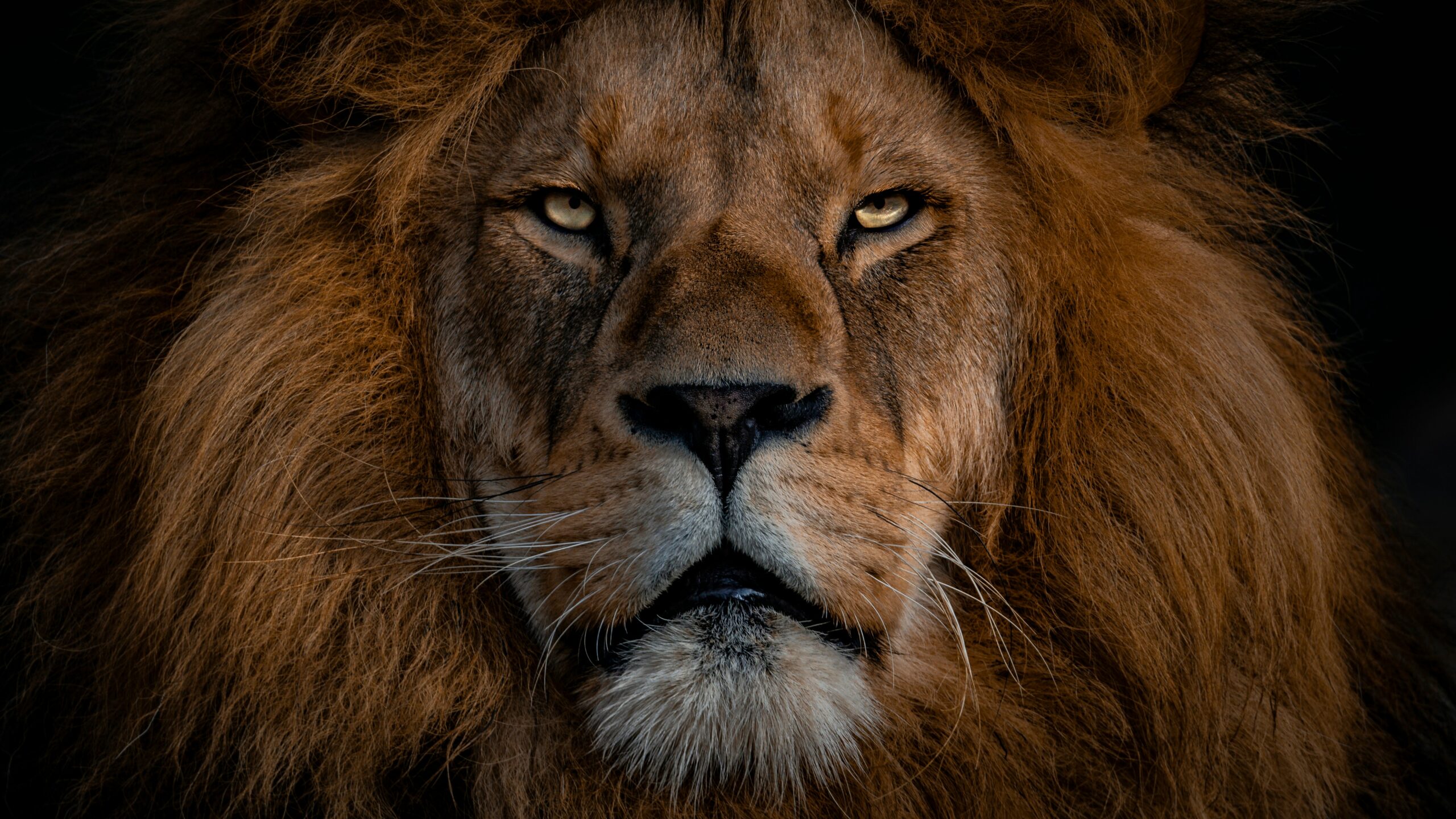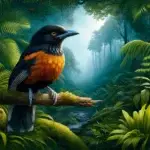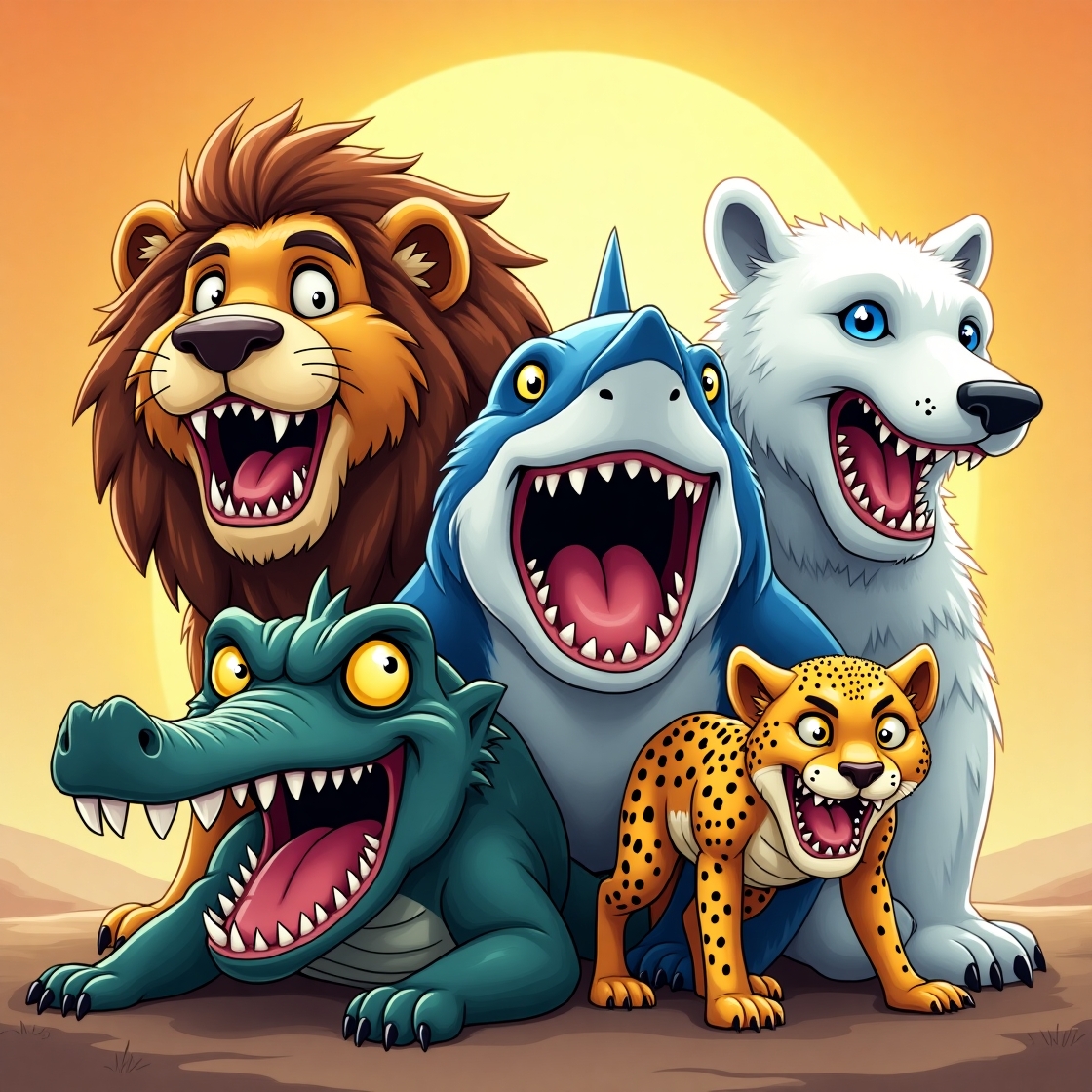
Top 5 Most Dangerous Animals in History
Last updated: April 23, 2025
Introduction
Throughout history, certain animals have earned fearsome reputations due to their size, strength, or deadly behaviors. From the prehistoric giants that roamed Earth millions of years ago to modern predators that still stalk the seas and savannas, these creatures have shaped human understanding of danger in the natural world.
1. Tyrannosaurus Rex
Era: Late Cretaceous (68–66 million years ago)
Habitat: North America
The T. rex was one of the largest terrestrial carnivores ever, with powerful jaws capable of exerting over 35,000 pounds of force. Its keen senses and formidable bite made it an apex predator of its time.
2. Deinosuchus
Era: Late Cretaceous (82–73 million years ago)
Habitat: Coastal North America
This giant crocodilian reached lengths of up to 40 feet and likely preyed on dinosaurs near water sources. Fossil evidence shows it attacked both terrestrial and aquatic animals, making it one of the deadliest ambush predators.
3. Megalodon
Era: Miocene to Pliocene (23–3.6 million years ago)
Habitat: Global tropical and temperate oceans
Megalodon was the largest shark ever documented, with estimates suggesting lengths up to 60 feet. Its massive teeth and powerful swimming capabilities positioned it at the top of marine food chains.
4. Man-Eaters of Tsavo
Date: 1898
Location: Tsavo, Kenya
Two male lions without manes terrorized railway workers during the construction of the Kenya-Uganda Railway bridge, killing an estimated 30–135 people. Their story, chronicled by Lt. Col. Patterson, remains one of the most infamous man-eating incidents in history. Read the full story.
5. Great White Shark
Era: Present-day
Habitat: Coastal waters worldwide
Modern great whites are responsible for the highest number of recorded shark-related fatalities. Known for their silent approach and powerful bite, they remain apex predators of the ocean.
Conclusion
These top 5 animals represent the pinnacle of predatory evolution and the enduring power of nature. From ancient giants to present-day hunters, understanding their behaviors and ecological roles can inform conservation efforts and human safety practices.
References
- Farlow, J.O. (1994). Mesozoic Vertebrate Life. Indiana University Press.
- Schwimmer, D.R. (2002). King of the Crocodylians: The Paleobiology of Deinosuchus. Indiana University Press.
- Villafaña, J.A. et al. (2017). “Size Estimates of the Megalodon.” PLOS ONE.
- Patterson, J.H. (1907). The Man-Eaters of Tsavo. McClurg.
